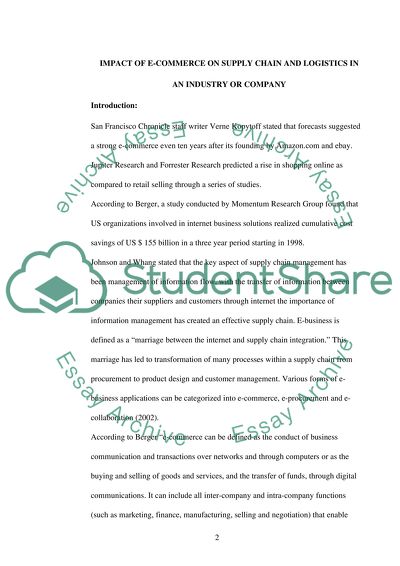Cite this document
(“E-commerce of on Supply Chain and Logistics Essay”, n.d.)
E-commerce of on Supply Chain and Logistics Essay. Retrieved from https://studentshare.org/miscellaneous/1514245-e-commerce-of-on-supply-chain-and-logistics
E-commerce of on Supply Chain and Logistics Essay. Retrieved from https://studentshare.org/miscellaneous/1514245-e-commerce-of-on-supply-chain-and-logistics
(E-Commerce of on Supply Chain and Logistics Essay)
E-Commerce of on Supply Chain and Logistics Essay. https://studentshare.org/miscellaneous/1514245-e-commerce-of-on-supply-chain-and-logistics.
E-Commerce of on Supply Chain and Logistics Essay. https://studentshare.org/miscellaneous/1514245-e-commerce-of-on-supply-chain-and-logistics.
“E-Commerce of on Supply Chain and Logistics Essay”, n.d. https://studentshare.org/miscellaneous/1514245-e-commerce-of-on-supply-chain-and-logistics.


